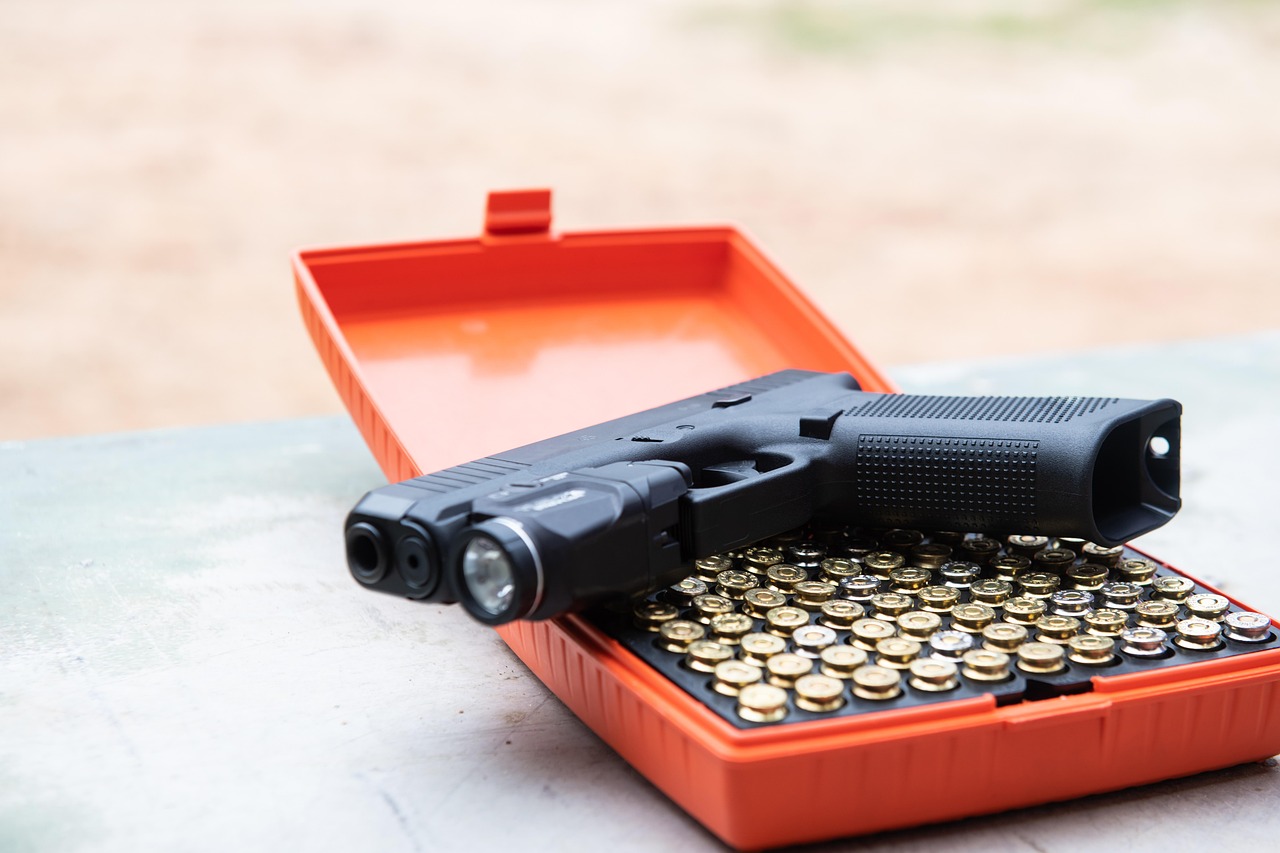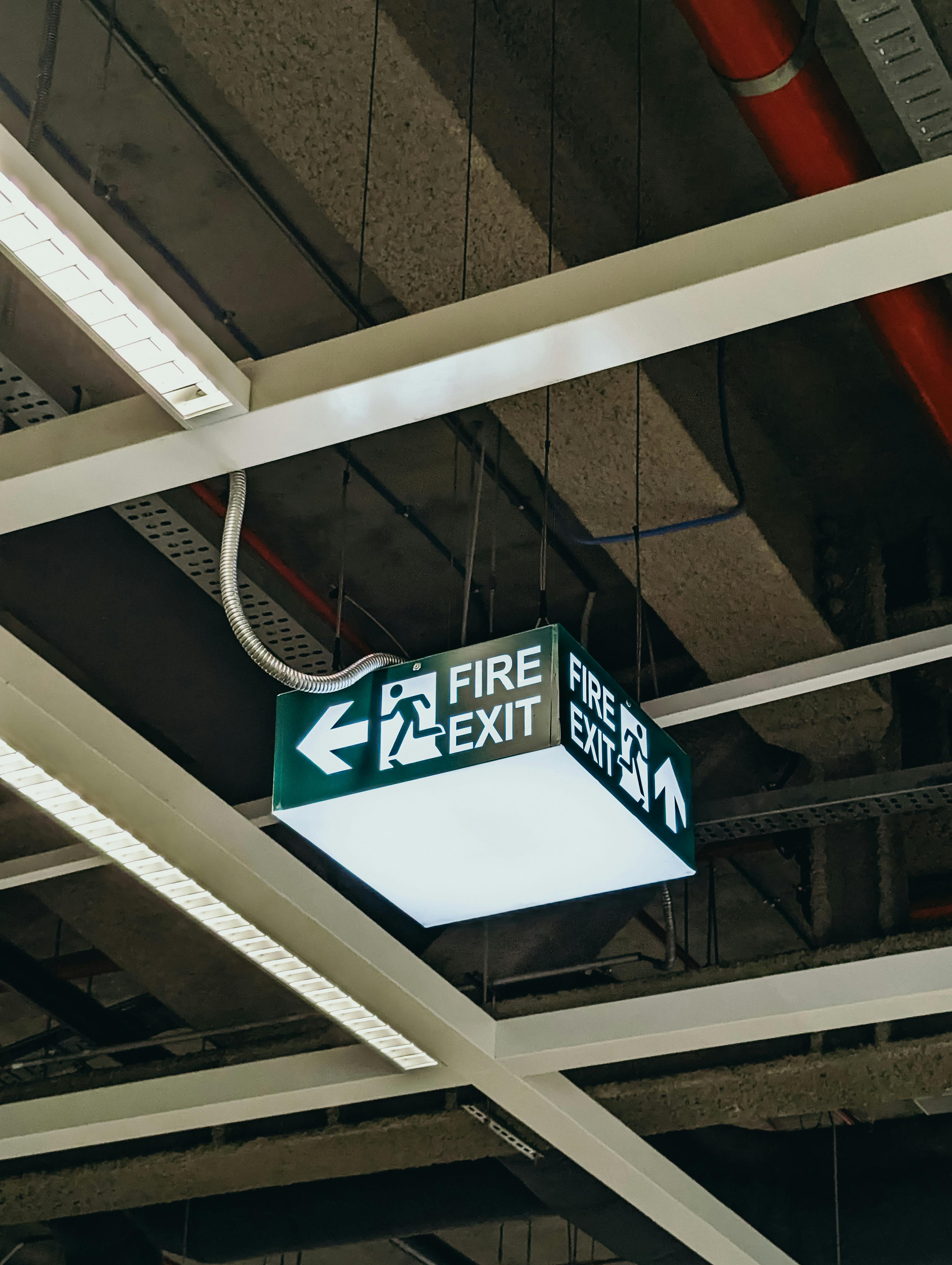
In an urban environment, emergencies and disasters can create dangerous situations where personal safety becomes a top priority. Whether it’s a natural disaster, power outage, civil unrest, or a man-made crisis, the chaos can leave you vulnerable to threats. In times like these, knowing how to protect yourself and your loved ones is essential. This blog post will discuss protection and self-defense strategies for urban survival, helping you stay safe when disaster strikes.
1. Situational Awareness: The First Line of Defense
The key to protecting yourself in any urban disaster scenario starts with situational awareness. Being aware of your surroundings and noticing potential threats before they escalate can give you a critical edge when it comes to self-defense.
Tips for Staying Aware:
- Stay alert: Avoid distractions like smartphones when walking in public spaces during an emergency. Keep your head up and look around.
- Trust your instincts: If something feels off, take action to avoid potential danger. Trusting your gut can help you avoid risky situations.
- Know escape routes: Always know where the exits are, whether in a building, on public transportation, or in any other space you occupy.
Why It’s Important: Being aware of your surroundings can help you identify potential threats and make decisions quickly to keep yourself and your loved ones safe.
2. Self-Defense Tools: Affordable Protection in Urban Areas
Having the right self-defense tools can be crucial in protecting yourself during a disaster. There are several affordable options that can be kept in your emergency bag or in your pocket to ensure you have the means to defend yourself when needed.
Self-Defense Tools for Urban Survival:
- Pepper Spray: A popular and affordable self-defense tool, pepper spray is effective and easy to use, disabling attackers temporarily. A small canister of pepper spray typically costs between $10–$20.
- Tactical Pen: A compact and discreet self-defense tool, a tactical pen can be used to defend yourself in close quarters. It can be found for around $15–$30 and often doubles as a writing instrument.
- Personal Alarm: A small, portable personal alarm sets off a loud noise when activated, alerting others to your distress. These alarms are typically priced under $20.
- Stun Gun: A non-lethal self-defense tool that can incapacitate an attacker with a high-voltage charge. Stun guns typically cost between $20 and $50.
Why It’s Important: Having a self-defense tool at your disposal can give you peace of mind and provide a way to protect yourself from a direct threat in urban environments.
3. Emergency Firearm Training: Legal and Practical Considerations
While not everyone may feel comfortable carrying a firearm, in some areas, having a concealed carry weapon (CCW) could offer an added layer of protection. It’s important to be aware of the legal requirements in your state or country regarding firearms and obtain proper training if you choose to go this route.

Things to Consider:
- Know the law: Different areas have different laws regarding the carrying and use of firearms. Be sure to research and understand your local regulations before making a decision.
- Training is key: If you decide to carry a firearm, proper training is essential. Many shooting ranges offer classes that teach the basics of firearm safety and self-defense.
- Alternatives to firearms: If carrying a firearm isn’t an option, consider other protective measures, such as pepper spray, knives, or improvised weapons.
Why It’s Important: A firearm can be a powerful self-defense tool, but it comes with great responsibility. Make sure you are legally and safely trained before considering it as an option for protection. Also, make sure you are mentally ready to use it if needed. Having a firearm yet not being prepared to pull the trigger can make a dangerous situation even worse.
4. Home Defense: Securing Your Living Space
During a disaster or emergency, your home becomes a vital sanctuary. Having measures in place to secure your home is one of the best ways to ensure your safety and protect your loved ones.
Simple Home Defense Strategies:
- Reinforce doors and windows: Ensure that entry points to your home are secure with deadbolt locks and sturdy window coverings.
- Create a safe room: Identify a room in your home that can be fortified in case of an intruder or emergency situation. Stock it with supplies like a first aid kit, flashlight, and communication devices.
- Security systems: Install a simple, budget-friendly security system that includes cameras, motion sensors, and alarms. Many systems offer affordable plans, some even through smartphone apps, making them accessible to most people.
Why It’s Important: Securing your home can prevent unauthorized entry and give you time to plan your next steps in case of an emergency. It provides peace of mind, knowing that you have a safe place to retreat.
5. Emergency Escape Plan: How to Get Out Quickly

In some situations, the best form of self-defense is getting out of the situation altogether. Having an escape plan is a crucial element in urban survival, particularly when the disaster situation is threatening your safety.
What to Include in Your Escape Plan:
- Identify exit routes: Know multiple routes out of your home, workplace, or other places you frequent. These routes can help you avoid crowded or dangerous areas during a disaster.
- Designate meeting points: In case you get separated from your family, designate specific meeting spots where everyone can gather safely.
- Keep essential supplies in your bag: Have an emergency kit, a “bug-out bag,” ready to go in case you need to leave quickly, including water, food, a flashlight, extra batteries, and a first-aid kit.
Why It’s Important: An escape plan allows you to act quickly and efficiently if danger arises, reducing your chances of becoming trapped or endangered during a crisis.
6. Mental Resilience: Stay Calm Under Pressure
In high-stress situations, your ability to stay calm and think clearly is essential. Mental resilience is often overlooked when it comes to protection and self-defense, but it can be just as important as physical tools or weapons.
Ways to Build Mental Resilience:
- Practice stress management: Engage in activities that help you manage high levels of stress, such as meditation, breathing exercises, or physical exercise.
- Stay calm and focus: In an emergency, try to keep a level head and focus on what actions need to be taken to stay safe.
Why It’s Important: Mental resilience helps you make quick, rational decisions in a crisis, making it easier to protect yourself and others when disaster strikes.
Conclusion: Be Prepared and Stay Safe
Protecting yourself and your loved ones during an emergency in an urban environment requires careful planning and the right tools. By staying aware of your surroundings, carrying affordable self-defense tools, securing your home, having an escape plan, and building mental resilience, you can greatly improve your chances of staying safe during a disaster. Urban survival is about preparedness, and the more prepared you are, the better equipped you’ll be to face any challenges that come your way.
Your safety matters—don’t wait for disaster to strike. Start building your urban survival plan today. Subscribe to our newsletter for more practical preparedness tips, gear guides, and expert strategies to help your and your loved ones survive in an emergency.

Leave a Reply